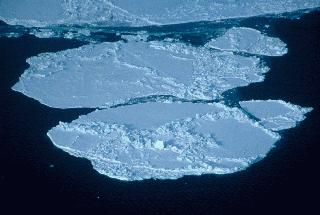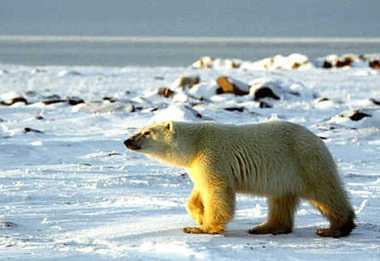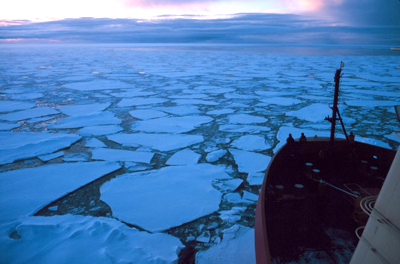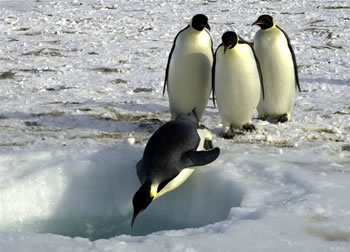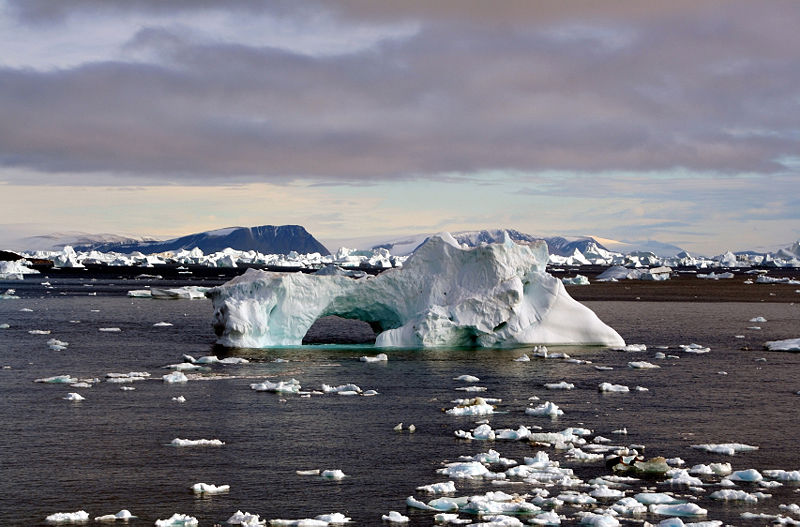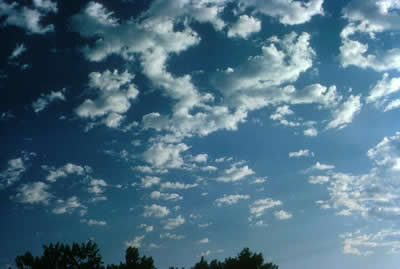Compare Images of Arctic Sea Ice Extent Side-by-side
The images below show sea ice in the Northern Hemisphere. Select images from the popup menus to compare two images side-by-side.
Try this:
- compare the sea ice in March and September for the same year
- compare the sea ice in March for two different years
- compare the sea ice in September for two different years
- click here if you want to look at sea ice in the southern hemisphere
In the Northern Hemisphere (around the North Pole and the Arctic Ocean) the sea ice reaches its maximum extent in early spring, at the end of the long, cold winter. March is usually the month with the most sea ice.
The ice pack melts and breaks up over the summer. September is usually the month with the least sea ice (in the Northern Hemisphere).
The Northern Hemisphere ice pack seems to be shrinking, apparently as a result of global warming. The average rate of decrease in extent of the ice pack in September between 1979 and 2010 was 11.5% (+ or - 2.9%) per decade. Click here to see the predictions that global climate models make about future changes in sea ice extent.
The pink line in the images shows the average (from 1979 to 2000) edge of the ice pack for a particular month.
Click here to view an animation of the annual changes in sea ice extent in the Northern Hemisphere for a seven-year period (2002 through 2008).
Go to the NSIDC web site to:
- View and animate single images of sea ice extent, concentration, anomalies, and trends.
- View multiple maps of various types at the same time.






